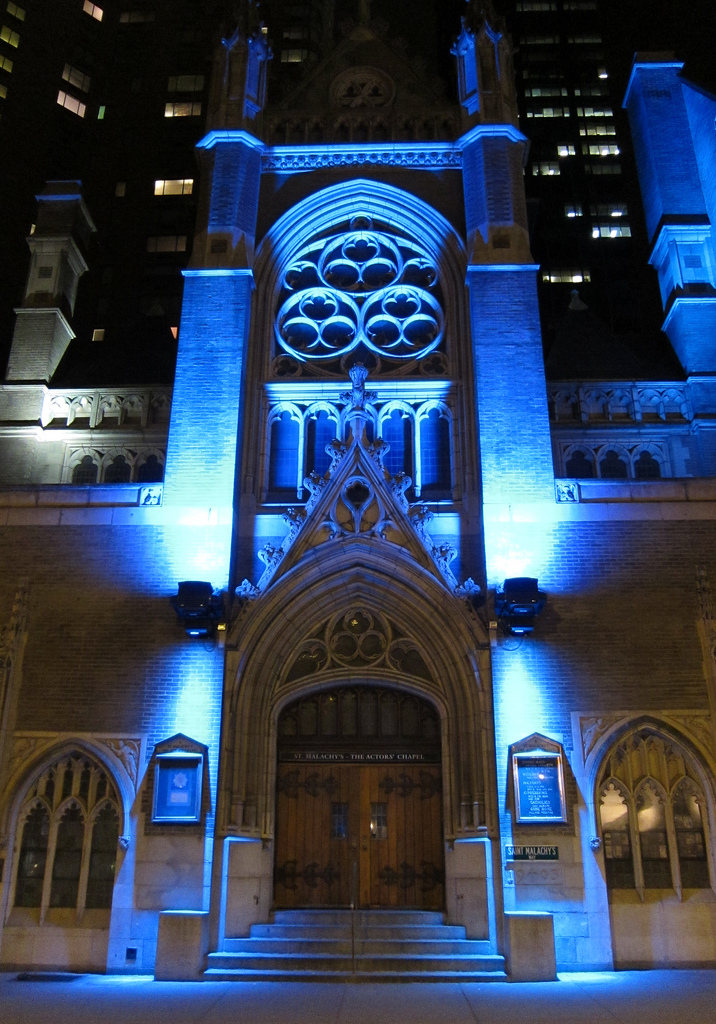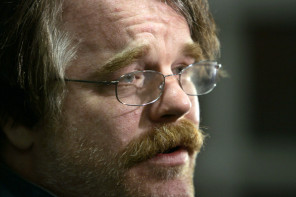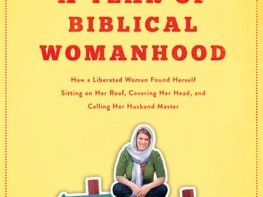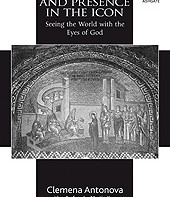 This is my last post for Transpositions. I would like to thank my colleagues for their support and encouragement over the past three years. I would also like to thank you readers for your comments and emails offering useful feedback and expressing enthusiasm for the topics of particular posts.
This is my last post for Transpositions. I would like to thank my colleagues for their support and encouragement over the past three years. I would also like to thank you readers for your comments and emails offering useful feedback and expressing enthusiasm for the topics of particular posts.
As I enter the homestretch of my dissertation on the work of three Polish theatre directors,[1] I am noticing just how important it is to combine academic scholarship about artists with engagement of those artists’ ideas through artistic response.
If a director puts on a play that you think tells lies about humanity, it is worth dissecting the production in order to point out what the lies are, and how the presentation communicates them. However, it is also worth putting on a new play which will respond to the first play at the level of theatre, not at the level of criticism or scholarship.
In Pope John Paul II’s Letter to Artists (1999), the pope quotes Marie-Dominique Chenu’s assertion that artworks are ‘“genuine ‘sources’ of theology”’.[2] Dorothy L. Sayers, in her essay ‘The Greatest Drama Ever Staged’, claimed, ‘The Christian faith is the most exciting drama that ever staggered the imagination of man—and the dogma is the drama’.[3] Flannery O’Connor is said to have ‘warded off a query about the meaning of a story with the snippy squelch, “If I could say it in a sentence, I wouldn’t have written the story”’.[4]
Art itself means theologically – and theology can be presented under the form of art as well as under the form of scholarship. Just as the proper response to any given scholarly work is another scholarly engagement of its ideas, the proper response to any given piece of art is another piece of art, engaging with the first piece’s meaning on the level of art. Scholarly response is also needed (just as artworks can also be inspired by theological tomes), but should remain secondary to this primary artistic response.
In order to create artworks which are ‘sources of [true] theology’, as well as to understand and explicate them, we need both scholars who are familiar with the process of artistic creation, and artists who know their theology. We also need true scholar-practitioners, artist-academics who are comfortable in both worlds, and can truly ‘do theology’ both under the form of art and under the form of scholarship (as well as under the form of prayer, the starting point of all theology).
That is why it has been my pleasure to be part of the Institute for Theology, Imagination and the Arts, an academic community made up of both academics and artists which encourages its students not only to read and write about art but also to create art (as evidenced by the first ITIA Art Exhibit, coming up this autumn). While Transpositions, as a blog, is primarily focused on academic engagement with art, I have enjoyed reading contributions from both Artists-in-Residence and Visiting Scholars, as well as reading comments from practicing artists.
My goals as I move on are to continue to combine academic scholarship with the practice of theatre, according to the scholar-practitioner model. I would also like to hear from other Christian artists interested in forming a residential Christian artists’ community, which I will be more actively pursuing.
It is my hope that, whether you are scholar, artist, or scholar-practitioner, your work may be blessed. Thank you for your support.
Cole Matson is a final-year PhD student in the Institute for Theology, Imagination & the Arts, exploring the Eucharistic theologies of Jerzy Grotowski, the Rhapsodic Theatre, and the Reduta Theatre.
[1] Jerzy Grotowski, Mieczysław Kotlarczyk, and Juliusz Osterwa.
[2] Marie-Dominique Chenu, La teologia nel XII secolo (Milan, 1992), p. 9, quoted in John Paul II, Letter to Artists (1999), 11: http://www.vatican.va/holy_father/john_paul_ii/letters/documents/hf_jp-ii_let_23041999_artists_en.html.
[3] Dorothy L. Sayers, ‘The Greatest Drama Ever Staged’, Letters to a Diminished Church: Passionate Arguments for the Relevance of Christian Doctrine (Nashville: Thomas Nelson, 2004), p. 1, emphasis added.
[4] Barbara Nicolosi, ‘The Rest of the Review: Flannery O’Connor’s A Prayer Journal’, Church of the Masses, 22 Apr 2014: http://churchofthemasses.blogspot.com/2014/04/the-rest-of-review-flannery-oconnors.html. If anyone can find me the original source of the O’Connor quote, which I’ve been trying to track down, I’d be much appreciative.
Image Credit: St. Malachy’s – The Actors’ Chapel. (c) Scott Beale / Laughing Squid (Source). Shared underCreative Commons Attribution-NonCommercial-NoDerivs 2.0 Generic license.




